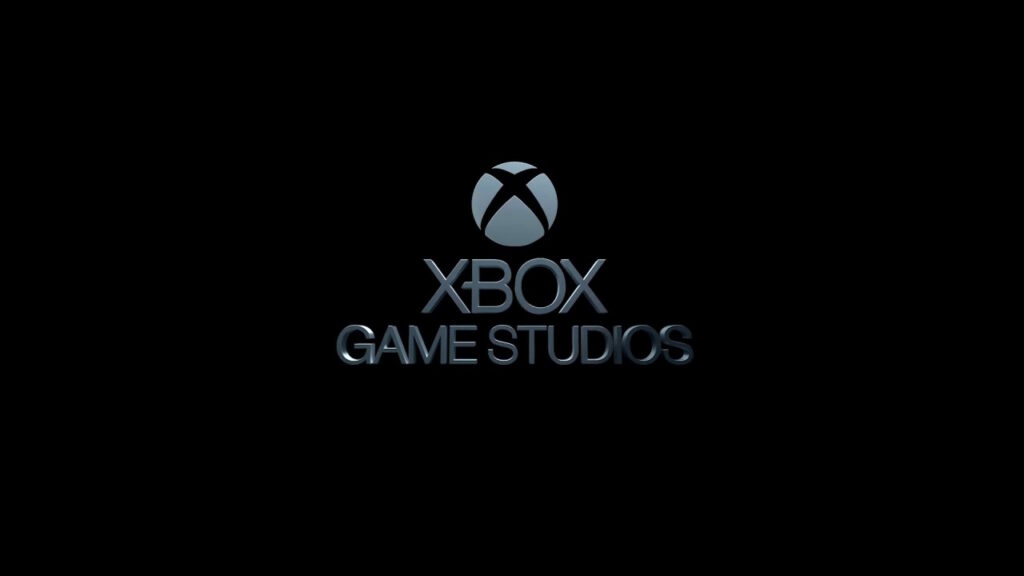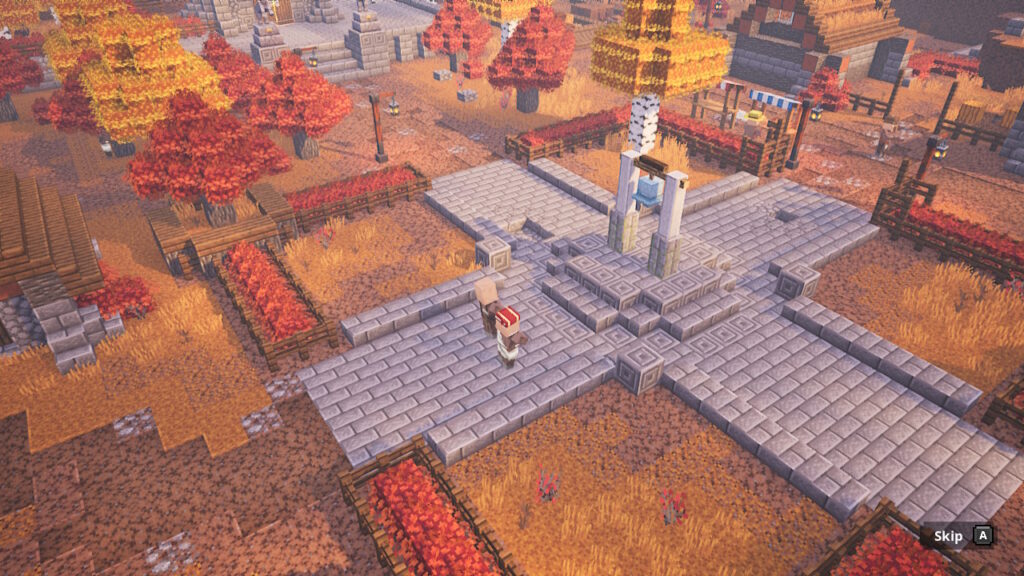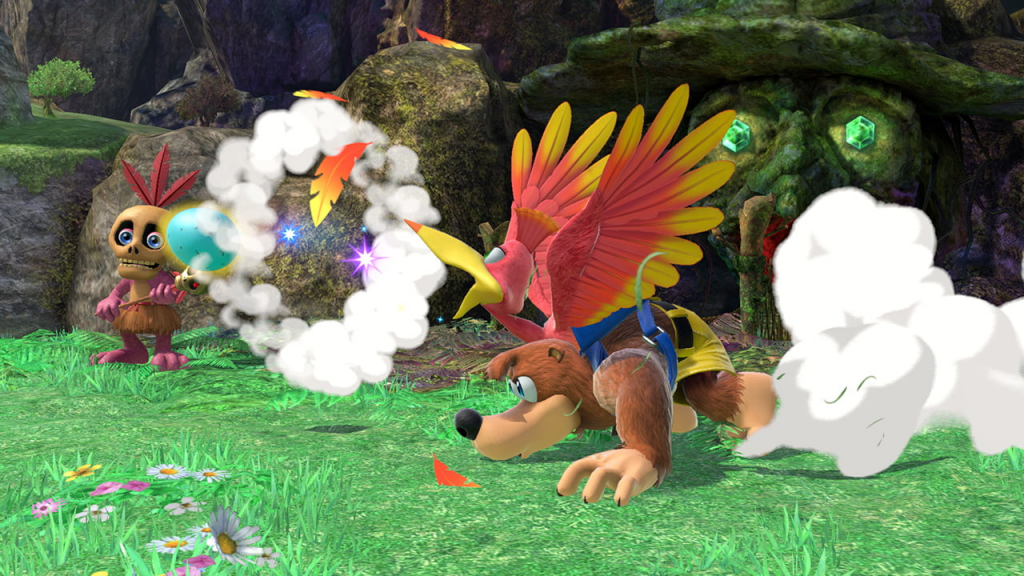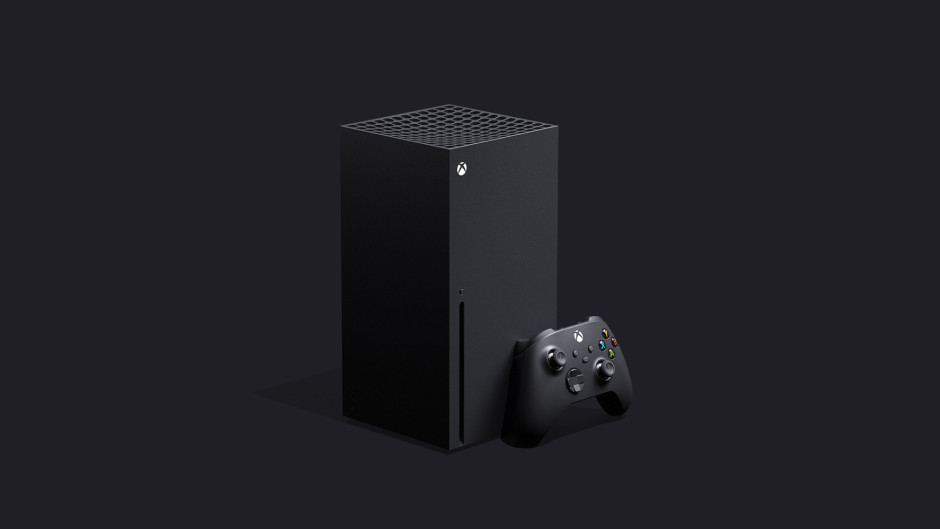Big changes coming but more are already here.
Notice: The games discussed in this article include an M-rated game and one with microtransactions exceeding $10. They are discussed conceptually only.
If Microsoft haven’t made it clear that they’re leaving the notion of console behind let it be said now: I don’t see a future in which the Xbox brand exists as a distinct console, but rather, one in which it exists as its own gaming ecosystem.
That future may already be here.
Phil Spencer, the head of Xbox, said as much in his recent mission statement to fans proclaiming that they are the future of gaming.
“The future of gaming has never been more exciting and limitless,” he opines. “It’s a future you’ll explore on your terms, not constrained by restrictive policies. Where your gaming legacy will not be left behind and where you will not be locked out of new exclusive Xbox Game Studios games even if you choose to stay with your current console for a while.”

While much of the letter touts the advantages of the upcoming Xbox Series X–“[y]our games will look and play best on Xbox Series X” it proclaims–it’s hard not to see the writing on the wall. At Polygon, Chris Plante notes that Microsoft’s “ace in the hole” is its merger of Game Pass, a low cost subscription service that will have all of the tech giant’s newest games day one, with their Project xCloud streaming service that will allow you to play their biggest best on virtually anything with an Internet connection and a screen.
Plante correctly refers to this as the Xbox ecosystem. That ecosystem has been in the works for years but only recently has it begun to feel real. Consider if you will the 30-day window beginning with the launch of Gears Tactics at the end of April. Not only did that release redefine how we think about the Gears series, it marked a major “Xbox” release coming to PC on day one, well ahead of its console counterpart.
“In the span of a month I earned Achievements on PC, my iPhone, and on my Switch; not once in that time did I boot up my Xbox One”
That it was included in the Xbox Game Pass for PC Beta wasn’t lost on me as I salivated over the tactical play of my favourite genre paired with one of my all time favourite gaming franchises. While I could have waited for an as yet unspecified console release, this is a genre that has always been suited more for PC anyways, so I wanted it immediately.
I weighed the costs of the game on Steam with those of the service: At $79.99 CAD for the game I could get an entire year of Game Pass for less at its currently discounted rate of $5.99 month. When that price inevitably jumps to $11.99 month it’ll still only cost what I’d spend on a game-and-a-half each year.
While I dipped my toes into the service my risk avowed colleague opted instead to play (and pay) via Steam. We had virtually identical experiences except he now “owns” the rights to play the game in perpetuity while I hold those rights as long as I pay for Game Pass.
On May 8th, Xbox Game Studios finally brought Forza Street off the computer and on to mobile, releasing the game on a more suitable platform where its free-to-play pricing is more readily understood. By no means a classic take on what Forza is about–fine tuning, fiddling, and perfecting–it represents a high end digital slot car racing experience that I play most every day. Between completing story challenges, limited time events like the McLaren’s takeover, and challenges against other drivers, I always feel like there’s something going on worth checking in for a few minutes each day.
I also haven’t dropped a dime on it, so, sorry Microsoft.

After another two weeks Minecraft Dungeons launches on everything. While it’s included in my new Game Pass I opt to nab it on Switch to play with my nephew. Hoards of zombies and surprisingly relentless enemies punctuate what is ostensibly a kids dungeon crawler. The block aesthetic isn’t held back by the Switch’s comparatively low specs, the online functionality is as good as it gets, and it’s connected to my Xbox Live account.
See, therein lies the secret of where the Xbox team is headed, and where they’ve already been: This is one connected ecosystem already. In the span of a month I earned Achievements on PC, my iPhone, and on my Switch; not once in that time did I boot up my Xbox One but, nonetheless, I felt like I was playing on Xbox the whole time. Heck, had I purchased Gears Tactics on Steam I would’ve been a part of this interconnected platform.
Microsoft has dabbled with this concept for a long while–going back to its Windows Phone–but it hasn’t, for me anyways, felt like it was realized until recently. That I can so easily jump back and forth across the systems and machines I want to play on–the systems my friends and family cohabit, the machines that feel right for the game–is testament to where the idea of Xbox is now and where it’s going.
“A physical Xbox, no matter how powerful or how optimized it is around Xbox Game Studios games, is no longer a necessity.”
It’s not a fully connected and realized system yet. Had I purchased Minecraft Dungeons on PC to keep I would’ve received a healthy discount as a Game Pass subscriber; no such discount exists for buying it on the Switch. I probably won’t immediately be able to pick up where I left off in a Gears Tactics campaign on Xbox One when it launches later on, either, but we know that type of functionality is coming with Project xCloud’s pending inclusion in the Ultimate tier of Game Pass.
Even the treatment of properties owned and managed by Microsoft suggests console agnosticism. The release of games like Ori and the Blind Forest and Cuphead on Nintendo’s hardware are major milestones to be celebrated–to say nothing of Minecraft and its related properties–though games once deemed Xbox exclusive may no longer continue down that path.
“The past year has been an exciting time for us as we have more than doubled the internal creative teams making up Xbox Game Studios,” Microsoft told GamesIndustry.biz. “As these new studios transitioned in, we were aware of some existing commitments to other platforms and will honor them. However, going forward these new studios will focus on making games for our platforms. We have no plans to further expand our exclusive first party games to other consoles.”

Targeted releases that make sense on specific consoles and platforms–in addition to the Xbox ecosystem–will undoubtedly continue despite Microsoft’s edicts. It’s unlikely the tech giant will hide Minecraft behind a walled garden.
While that commitment applies to Microsoft’s newly acquired studios it doesn’t reflect the fact that the tech giant has cozied up to Nintendo in such a way to allow for Banjo to join Smash Bros. It seems unlikely their partnership and collaboration won’t continue in some shape or form: After all, Phil Spencer doesn’t view them as the competition, but rather Google and Amazon.
Still, this doesn’t mean the Xbox experience will be all permeating, as recent reports suggest Xbox’s console competitors have no interest in having a “full Xbox experience” on their platforms. And why should they? The downsides far outweigh the benefits for both Nintendo and Sony in allowing the full experience to permeate their consoles.
That may just be the Xbox team’s Trojan horse in the so-called console wars and the future of gaming.
A physical Xbox, no matter how powerful or how optimized it is around Xbox Game Studios games, is no longer a necessity. As long as Spencer and his team continue eyeing cross-platform play, willful but meaningful collaboration with their one time foes, integrated systems like achievements, and run full steam ahead into cloud gaming, we’ll all be Xbox gamers because we’ll all have Xbox on something.
That’s a future I can’t wait to embrace.
